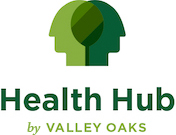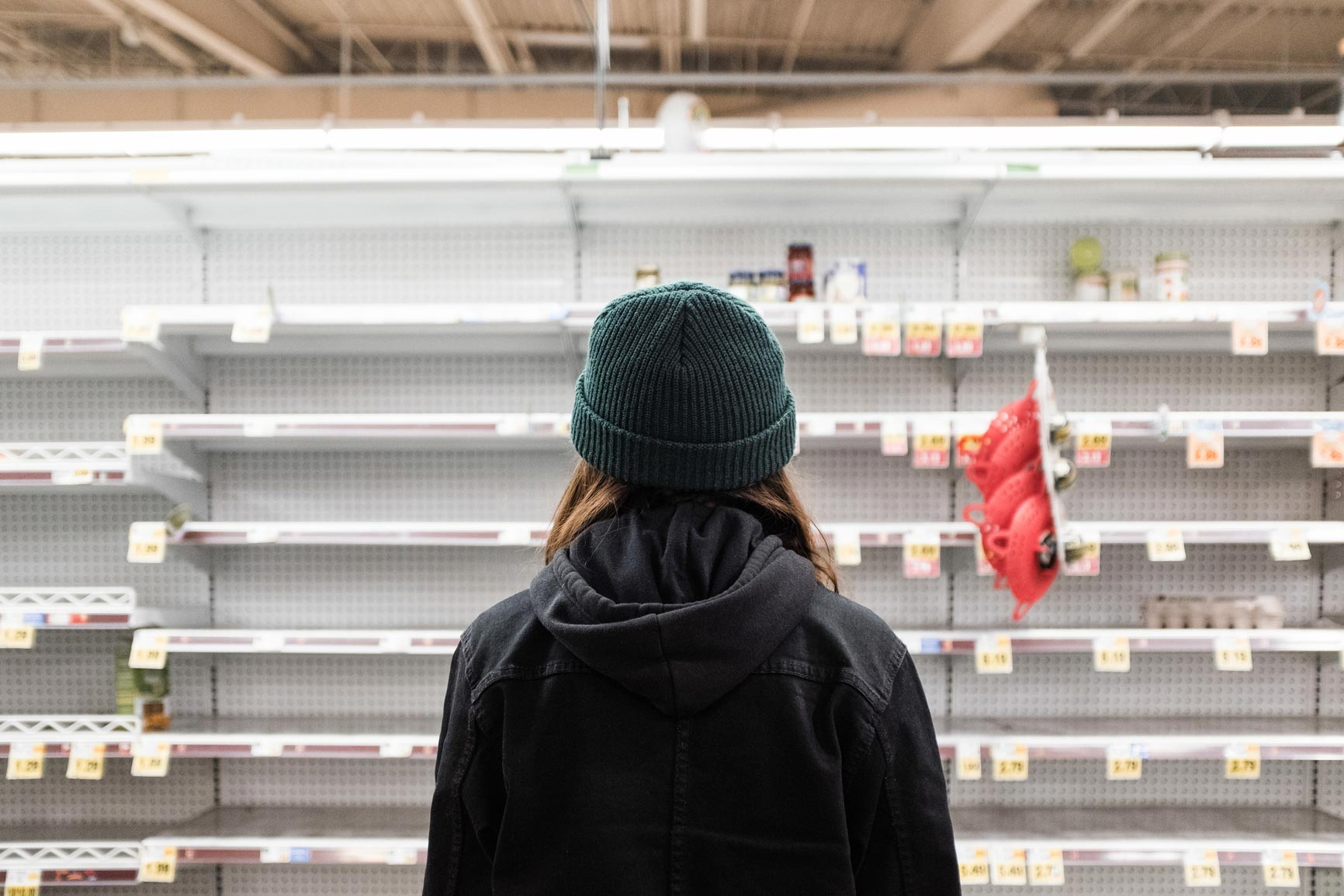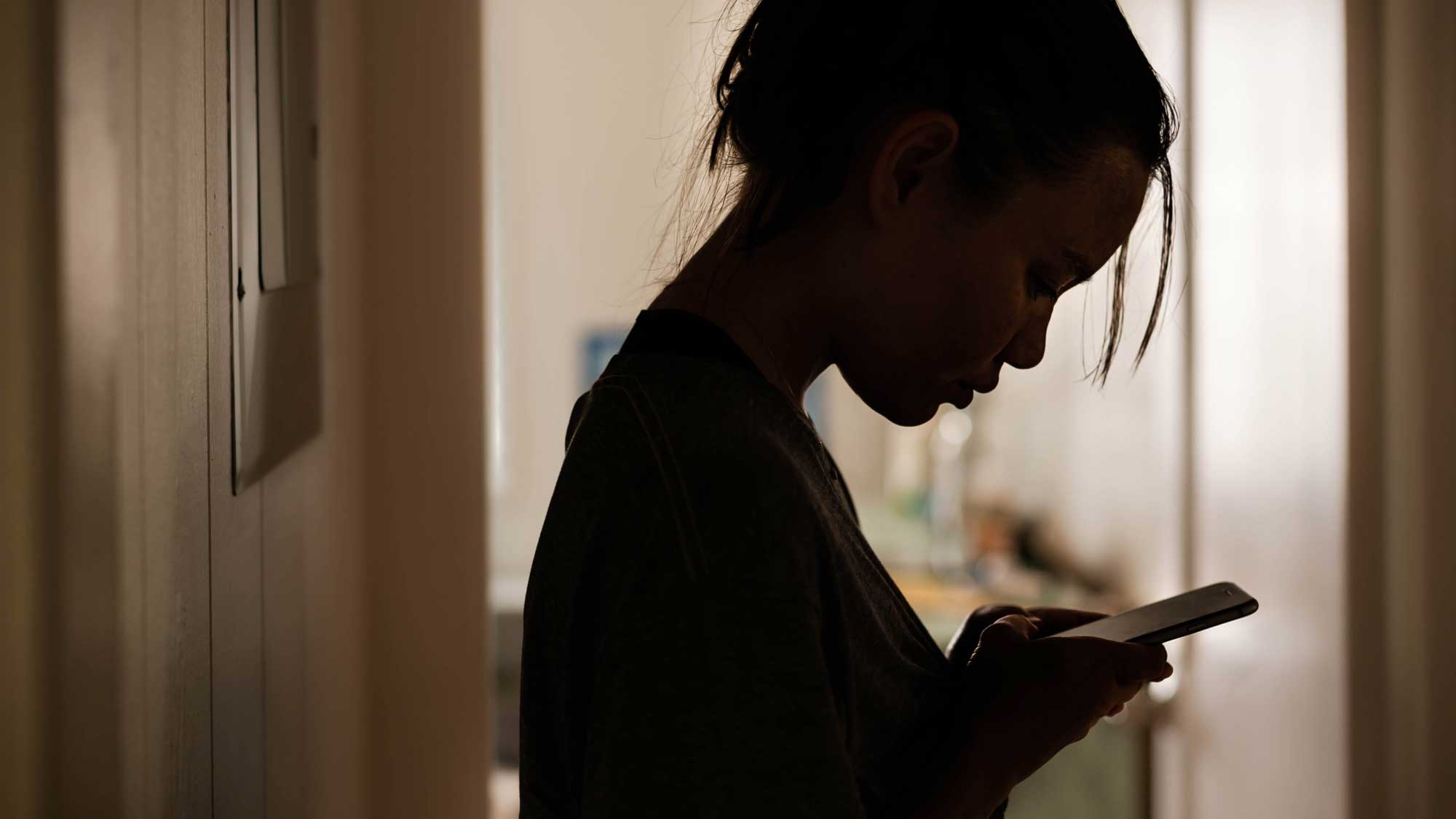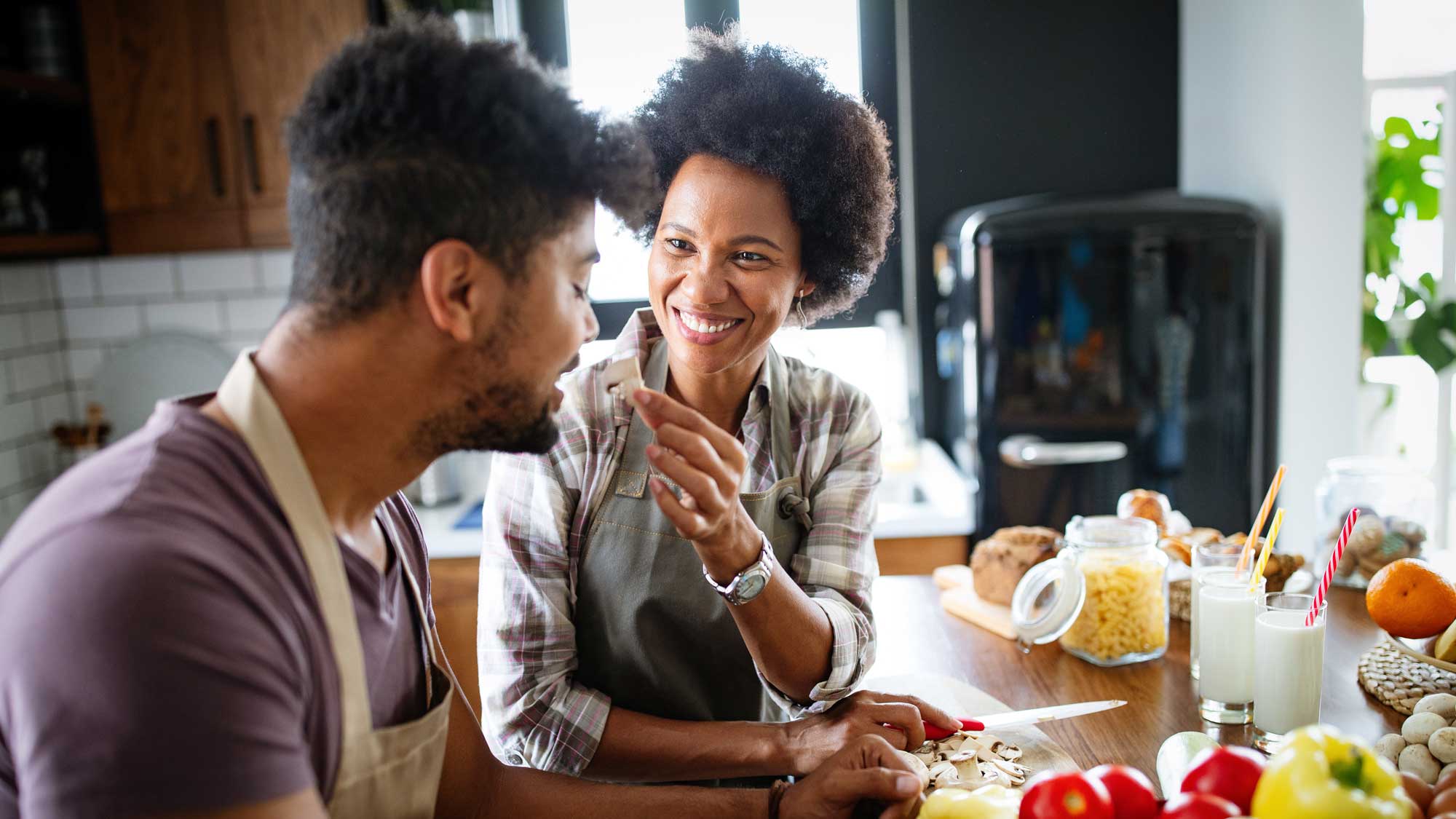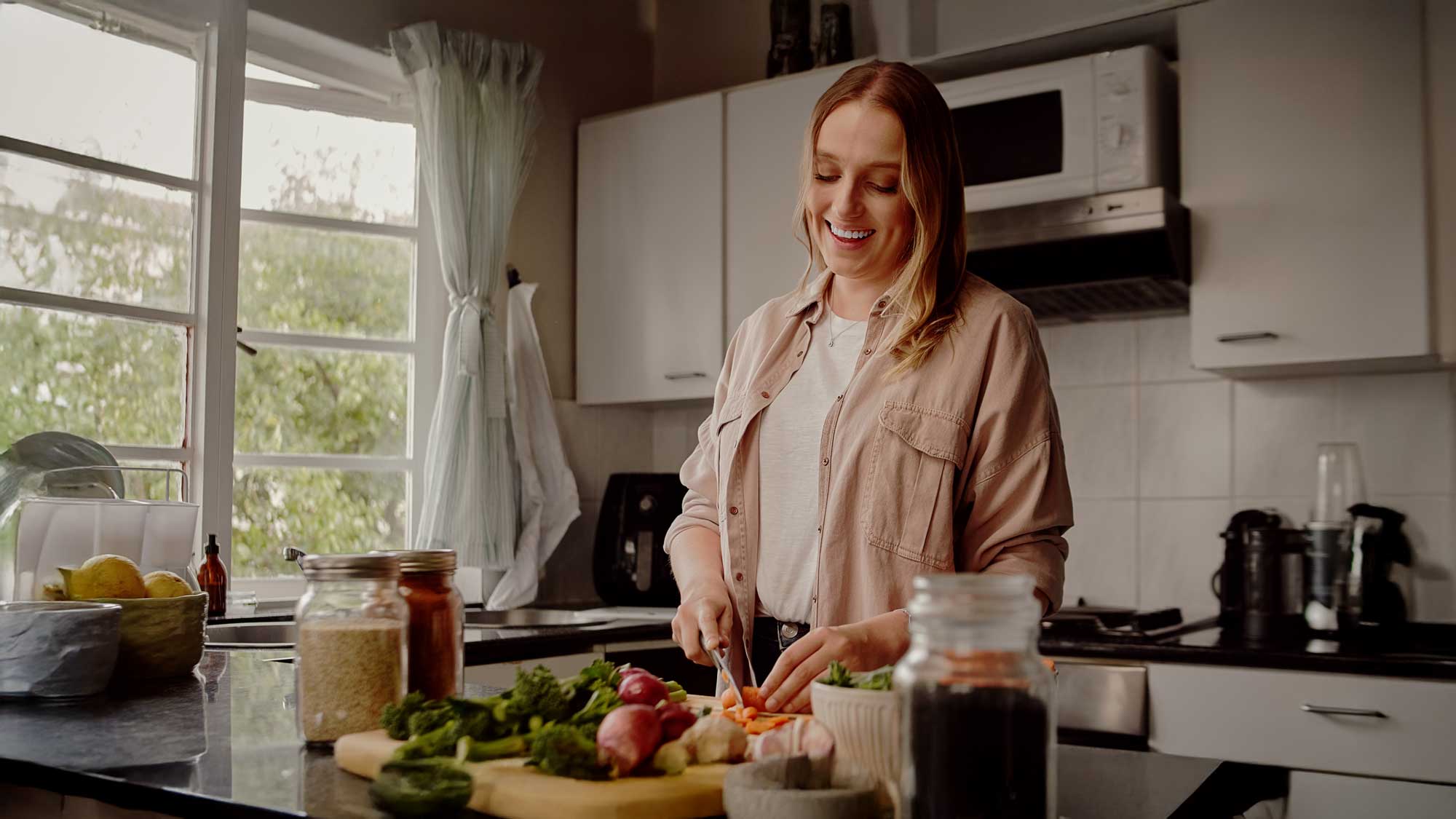If you have been to the supermarket recently, you may have noticed that shelves are rather empty. This has caused a wave of panic in regard to perceived food shortages, which has led to stock-piling behavior and feelings of uncertainty.
Many shoppers are also experiencing anxiety in terms of obtaining their groceries, as most surfaces are practically unavoidable, including freezer door handles and shopping carts. Supermarkets are also one of the few businesses left, where people are able to gather. If you are feeling anxious about your ability to obtain groceries, here are some suggestions.
Step one: Don’t panic
Supermarkets in the United States want shoppers to know that there’s no need to panic. Empty shelves do not mean that there’s a “food shortage” — but instead, a spike in buying behavior that is abnormal. Increased demand was unexpected and supply chains simply need to catch up.
There is a big difference between food shortages and food insecurity. Instead of panic buying, sit down and make a list. If you are still going to the grocery store, you’ll want a categorized list so that you can get in and out. You’ll also need this list for the next step.
Step two: Order your groceries online
Ordering your groceries online is a great way to avoid contact with others. As you browse virtual aisles, which are open 24 hours, this will allow you to take your time in terms of food planning. The less rushed you feel (in a high-risk environment), the less likely you are to feel anxious.
If you are currently practicing social isolation, this is a great time to take a “food inventory” before you order any items in bulk. Also, create a rough two-week meal plan so that you don’t miss any key ingredients — especially if you have started to cook more since you’ve been home. Soups are always a great option that can be eaten and then frozen for a later date. Here are 30 easy soup recipes that call for few ingredients.
While services like Door Dash and Instacart continue to drop off meals to many residents, you can also get in touch with local farms and sellers who may deliver fresh produce. Meat kit providers, such as Freshly and Home Chef, are a great option as well!
Step three: Take this time to learn new skills in the kitchen
Sure, many individuals are struggling to find toilet paper and hand sanitizer. However, there are still plenty of grocery items available, especially for those who would like to hone their baking skills. There has been an ongoing trend recently in regard to quarantine baking, which is essentially mindful meditation.
When you’re “stress-baking,” this activity gives you a greater sense of control, as well as a sense of accomplishment. As you actively focus on smaller, feel-good tasks, you are able to take a break from environmental stressors, like the news and social media. Best of all, you’re making food from scratch, which you can freeze for later. Homekeeping and cleaning also appear to help stop cycles of anxiety and depression during this time.
Can’t get yeast right now? All you need is flour and water to make this simple, versatile sourdough starter!
Step four: Experiment more with frozen fruits and vegetables, as well as canned goods
If you can’t get as much fresh meat and produce as before (or want to purchase items that last lost longer), no need to worry. You can still eat healthy, finding plenty of nutrient-dense foods in the refrigerated and frozen section, as well as on the shelves. From dried (or canned) chickpeas to Greek yogurt, tuna to cottage cheese, these items are all packed with protein.
When it comes to fruits and vegetables, research has shown that frozen options often have just as many vitamins and minerals — and in some cases, are even higher in nutrition. This is because they’re picked at the peak ripeness and are then immediately frozen to ensure optimal freshness and flavor.
Step five: Encourage your green thumb
What better way to support your mental health and increase access to food than to start a backyard or balcony garden. The research shows that gardening helps individual practice mindfulness, decrease neural activity in the area of the brain associated with obsessive thinking, and increase emotion regulation.
Here’s a great guide on small-space gardening!
In need of support during COVID-19? Be sure to follow our blog for more beneficial resources, tips, and mental health support.
